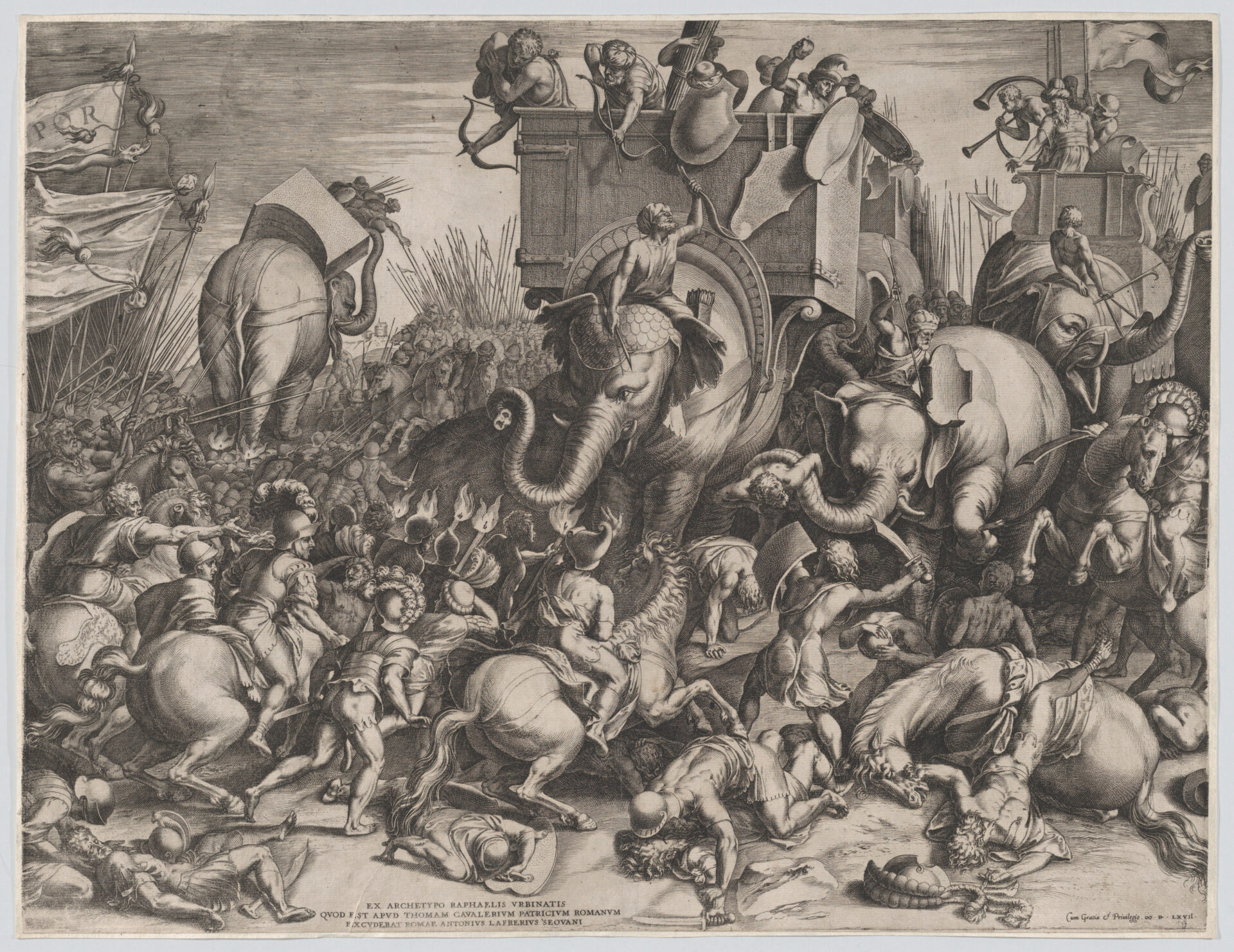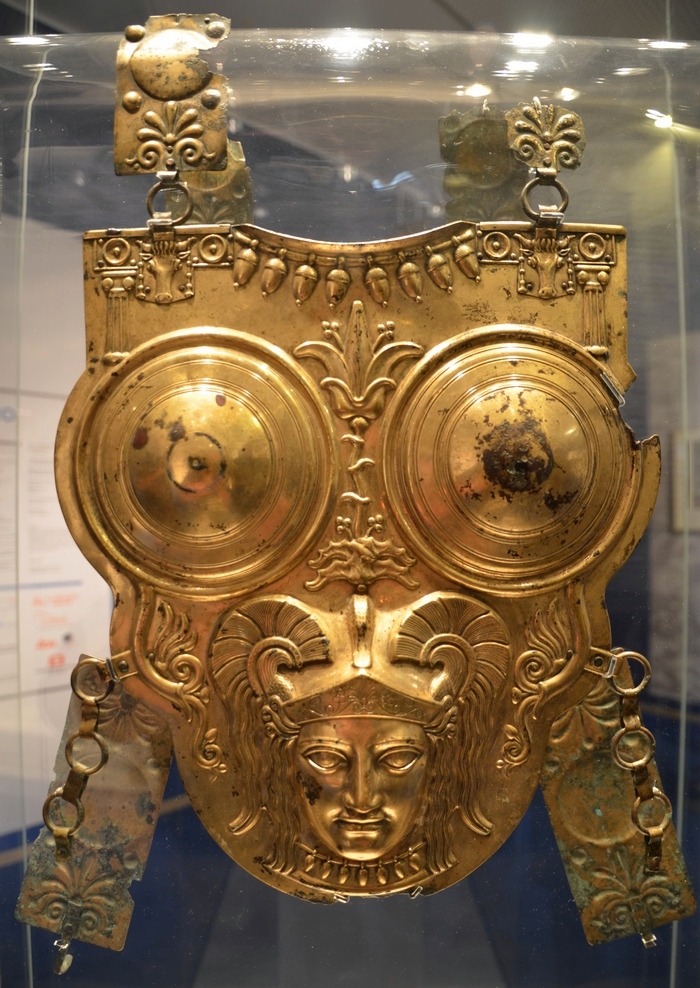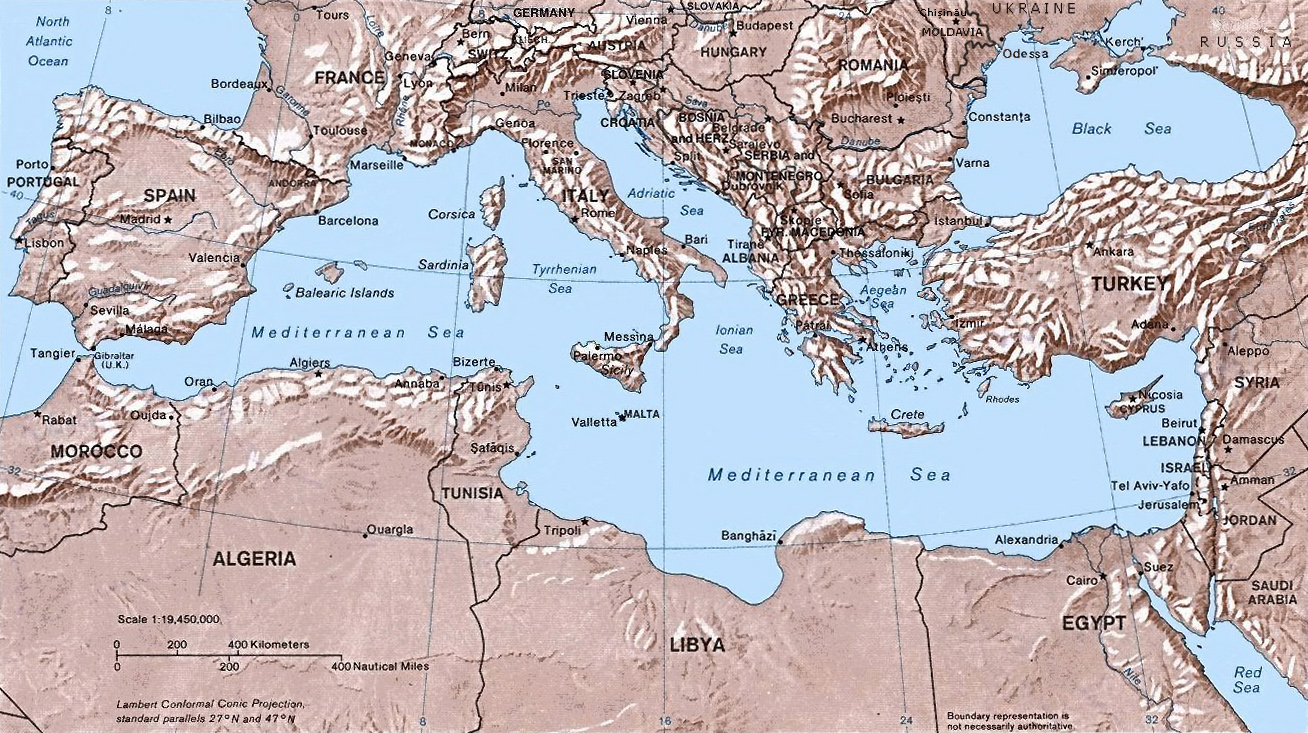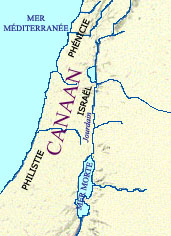Who Were the Carthaginians?
For centuries, Carthage stood in the imagination of historians and the public alike as the exotic, defiant foe of ancient Rome — a seafaring civilization founded by Phoenician settlers from the Levant, its destiny ultimately crushed under Roman conquest after three bloody Punic Wars. The legacy of Carthage has long been defined by its resistance, its famous general Hannibal, and its supposed Phoenician bloodline. But now, a groundbreaking genetic study is shaking the foundations of that narrative, revealing that the Carthaginians were not quite who we thought they were.

New Discoveries
Published recently in the prestigious journal Nature, the new study is the result of a wide-ranging international effort involving the extraction and analysis of ancient DNA from over 200 individuals buried at 14 archaeological sites across the Mediterranean. These sites stretch from modern-day Tunisia, where ancient Carthage once stood, to Sardinia, Sicily, southern Spain, and the Levant itself. The goal was to explore the genetic makeup of ancient populations linked to the Phoenicians and their far-reaching maritime network.
What the researchers discovered was surprising, even revolutionary: the Carthaginians were not primarily descended from Levantine Phoenicians as long assumed. Instead, the people of Carthage and its colonies were far more genetically diverse — a mosaic of North African, Mediterranean European, and only a small trace of Levantine ancestry. The study suggests that the spread of Phoenician culture across the Mediterranean was not driven by large waves of settlers from the east, but rather by trade, interaction, and cultural diffusion.
“We’ve had this long-standing image of Carthage as a sort of outpost of Tyre or Sidon — a transplanted Phoenician city,” says David Reich, a geneticist at Harvard and co-author of the study. “But what the DNA tells us is that while the culture and language were Phoenician, the people were a blend of many different ancestries. They were local North Africans, people from southern Europe, people from nearby islands. Carthaginian identity was more a shared culture than a shared bloodline.”

This insight dramatically reshapes our understanding of Carthage. It suggests a civilization that wasn’t just a colonial transplant, but something more organic and dynamic — a melting pot born from trade, migration, and adaptation. The Phoenicians may have brought their alphabet, religious practices, and maritime expertise to the western Mediterranean, but they passed these things on to a far wider range of people than previously realized.
One of the most telling discoveries of the study involved two individuals buried hundreds of miles apart — one in North Africa and the other in Sicily. Despite the distance, the analysis revealed that they were likely second cousins. This unexpected familial connection provides compelling evidence of how connected the ancient Mediterranean world truly was. It also reinforces the idea that Punic society, which was rooted in Carthage but stretched across islands and coastlines, was remarkably mobile, fluid, and interconnected.
This level of genetic diversity is not entirely surprising to scholars who have long suspected that Carthage, as a major trade hub, would have been in constant contact with various Mediterranean peoples. But until now, the assumption was that its core population retained stronger ties to the eastern Mediterranean. The study, by contrast, paints a picture of a society where the Phoenician influence may have been cultural and institutional — a ruling elite, perhaps — but the broader population was shaped by centuries of local integration.

The implications of the findings go far beyond Carthage. They offer a new lens for looking at ancient colonization more broadly. While the term “colony” today often conjures images of settlers imposing themselves on native populations, the Phoenician world may have operated differently. Rather than displacing locals, the Phoenicians seem to have engaged with them, intermarried, and shared ideas. Their influence spread not by conquest or mass migration, but by cooperation, trade, and cultural exchange.
It also changes how we think about identity in the ancient world. Rather than being rigidly tied to ancestry or place of origin, identity in places like Carthage may have been more about shared beliefs, economic ties, and political allegiance. In this sense, Carthaginian society might bear closer resemblance to the pluralistic cities of today than to the ethnically homogeneous states often imagined in antiquity.

“People tend to think of ancient civilizations as monolithic — as purely Greek, or Roman, or Phoenician,” Reich explains. “But the reality was much messier and much more interesting. Cultures mixed, people moved, and identities were shaped by all sorts of factors beyond just where your ancestors came from.”
Indeed, the findings speak to the complexity of the ancient world — a world where borders were porous, maritime travel was common, and cultural exchange happened in both subtle and dramatic ways. Carthage was not a mere outpost of an eastern empire, but a powerful, hybrid civilization born from centuries of contact between peoples and ideas.
As more ancient genomes are sequenced and more burial sites explored, we can expect many other ancient assumptions to be revisited. But for now, one thing is clear: the Carthaginians were not simply the transplanted Phoenicians of historical lore. They were something far more dynamic — a reflection of the diverse, interconnected world of the ancient Mediterranean.
And perhaps that, more than any old Roman account, is the truest testament of the Carthaginians’ legacy.
People Also Ask:
What ethnicity were the Carthaginians?
The Carthaginians were mostly Phoenician settlers of primarily Southern Mediterranean and Southern European ancestry. Yet, they soon became a mixture of different origins.
What were the Carthaginians known for?
Carthaginian dominance of the sea reflected not only its Phoenician heritage but also an approach to empire-building that differed greatly from Rome. Carthage emphasized maritime trade over territorial expansion, and accordingly focused its settlements and influence on coastal areas while investing more on its navy.
Why is so little known about the Carthaginians?
Carthage ceased to exist as a political or cultural entity after the Third Punic War, and thus, there were no Carthaginians who were historians to ever write things down and pass them on to us. Even if they had been, all of the primary sources they would have used were destroyed along with Carthage.
Hello, my name is Vladimir, and I am a part of the Roman-empire writing team.
I am a historian, and history is an integral part of my life.
To be honest, while I was in school, I didn’t like history so how did I end up studying it? Well, for that, I have to thank history-based strategy PC games. Thank you so much, Europa Universalis IV, and thank you, Medieval Total War.
Since games made me fall in love with history, I completed bachelor studies at Filozofski Fakultet Niš, a part of the University of Niš. My bachelor’s thesis was about Julis Caesar. Soon, I completed my master’s studies at the same university.
For years now, I have been working as a teacher in a local elementary school, but my passion for writing isn’t fulfilled, so I decided to pursue that ambition online. There were a few gigs, but most of them were not history-related.
Then I stumbled upon roman-empire.com, and now I am a part of something bigger. No, I am not a part of the ancient Roman Empire but of a creative writing team where I have the freedom to write about whatever I want. Yes, even about Star Wars. Stay tuned for that.
Anyway, I am better at writing about Rome than writing about me. But if you would like to contact me for any reason, you can do it at contact@roman-empire.net. Except for negative reviews, of course. 😀
Kind regards,
Vladimir
